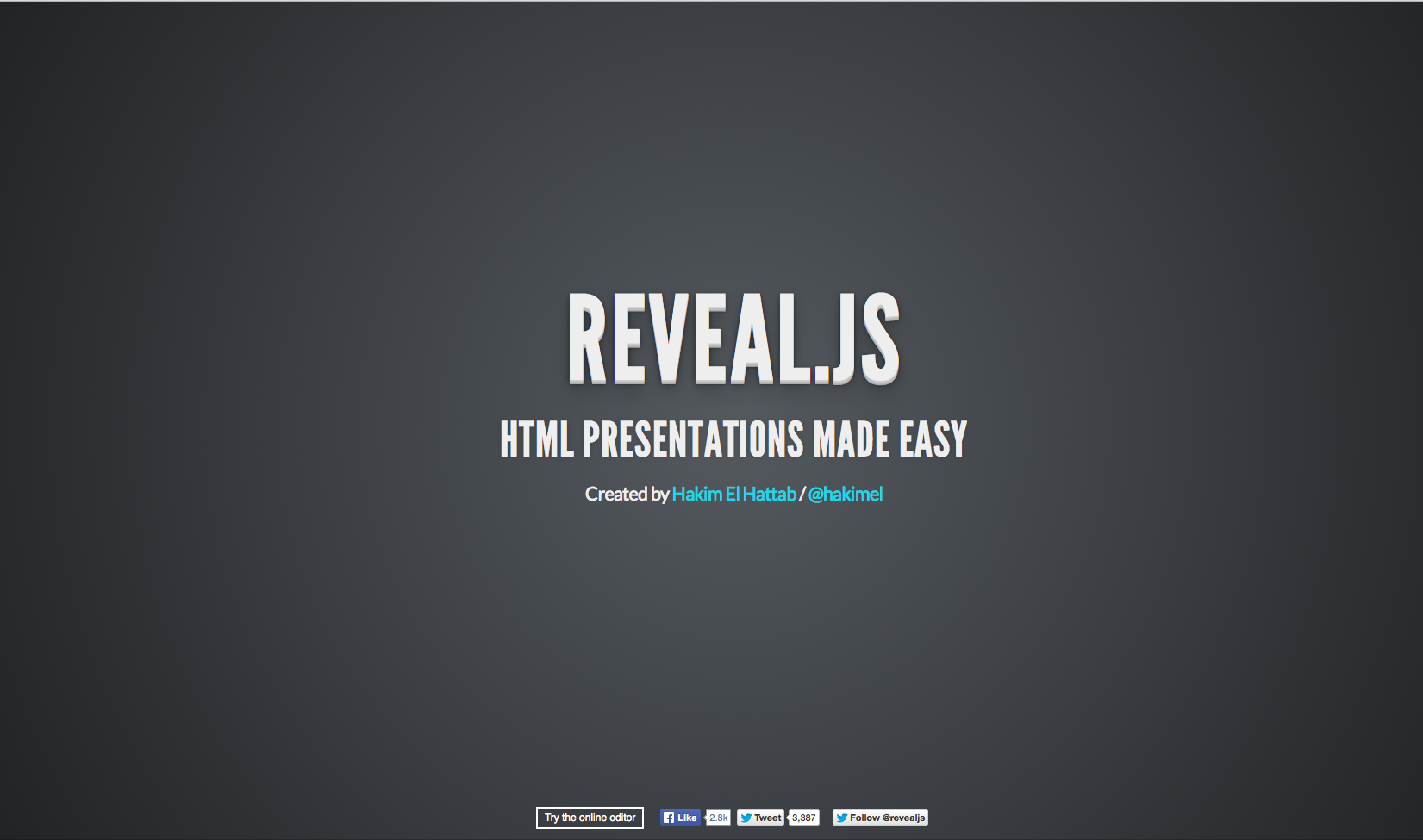Top Posts & Pages
- 10 вопросов по абстрактным классам и интерфейсам с собеседований по Java
- Справочник по Java Collections Framework
- Writing feedback to colleague. Useful phrases, links.
- Java Interview. Autoboxing.
- Java Dev Interview Q&A
- Tomcat Interview Questions & Answers
- OOPs Interview Questions & Answers
- Design Patterns - MVC Pattern
- Design Patterns. Behavioral.
- Design Patterns. Structural.
Tags
algo answers basics beginner code collections design patterns dou.ua framework git github google howto html IntelliJ IDEA interview java javarush kyiv mvc patterns programming qa questions sorting spring taipei taiwan tutorial video lectures вопросы джава интервью пособие для будущего джава разработчика самообразованиеCategories
Algo Android C/C++ Computex design patterns dou.ua enterprise Exhibitions Front End Games Google Interview Q&A Intro to IT IROS Java Java certification Java Interview Q&A JavaScript Microsoft My IT life National Taiwan University OOP programmer Programming Languages Robots tester Uncategorized Video Lectures WEB Websites
Recent Posts
- 10 вопросов по абстрактным классам и интерфейсам с собеседований по Java
- Справочник по Java Collections Framework
- Writing feedback to colleague. Useful phrases, links.
- Java Interview. Autoboxing.
- Tomcat Interview Questions & Answers
- OOPs Interview Questions & Answers
- Design Patterns – MVC Pattern
- Design Patterns. Behavioral.
- Design Patterns. Structural.
- Design Patterns – Creational.
- Design Patterns
- Java Interview Q&A. Exception Handling.[52-81/240]
- Java Interview Q&A.Coding Standards.[26-51/240]
- Java Interview Q&A. Java Core.[1-25/240]
- Вопросы на интервью по технологиям Java Spring и Hibernate
- 69 Spring Interview Questions and Answers
- Reveal.js – new presentations look
- Adding an existing project to GitHub using the command line
- Protected: Google Interview
- Google Polymer [10 Google Polymer Tutorials – From Basic To Advanced]
- Technical Development Guide [Google]
- Basic Git commands
- Abstract class vs Interface (c)JavaRush
- Java Collections Advanced. Video Lectures
- Java Generics Advanced. Video Lectures
- Java Generics & Collections. Video Lectures
- Java Multithreading. Video Lectures.
- Java. Work with DataBases. Videos.
- JUnit – must have
- Java Web. Video Lectures.
- Maven. Where to start
- Sorting in Java
- [ALGO] Quick sort
- [ALGO] Merge Sort
- [ALGO] Insertion Sort
- [ALGO] Selection Sort
- [ALGO] Bubble sort
- Java Interview. Вопросы и ответы
- Что такое класс Object? Какие в нем есть методы?
- Лекции из JavaRush.ru
- Intellij IDEA. Горячие клавиши
- IntelliJ IDEA. First run. Hello World Project.
- IntelliJ IDEA. First steps. Install.
- Spring basics
- Java Collections basics
- SQL basics
- ТОП 10 ресурсів, де можна одночасно грати та кодити
- Git. Links to start
- Junior-Senior-Middle
- Пособие для будущего Java разработчика. (Всі статті разом)
- Пособие для будущего Java разработчика. Собеседование и карьера
- Пособие для будущего Java разработчика. Новые горизонты
- Пособие для будущего Java разработчика. Enterprise — часть 3
- Java Oracle Certification/Сертифікація [Підготовка]
- Пособие для будущего Java разработчика. Enterprise — часть 2
- Пособие для будущего Java разработчика. Enterprise — часть 1
- Пособие для будущего Java разработчика. Элегантный код
- Пособие для будущего Java разработчика. Основы Java
- #KyivComicCon 2015
- Починаючим тестерам
- Learning Android. Where to Start
- Microsoft #DevDayUa [Kyiv, Ukraine]
- Hello World :P
- Eclipse. How to. Shortcuts
- Підготовка до співбесіди та до Java співбесіди (Лінки, багато лінків)
- Google Office Visit [Taipei, Taiwan]
- A bit late about COMPUTEX 2011
- Scorbot ERVII writing project
- Знайшли багу в Руці робота ЕР-7
- IROS 2010. Robots Robots Robots coming to Taiwan



